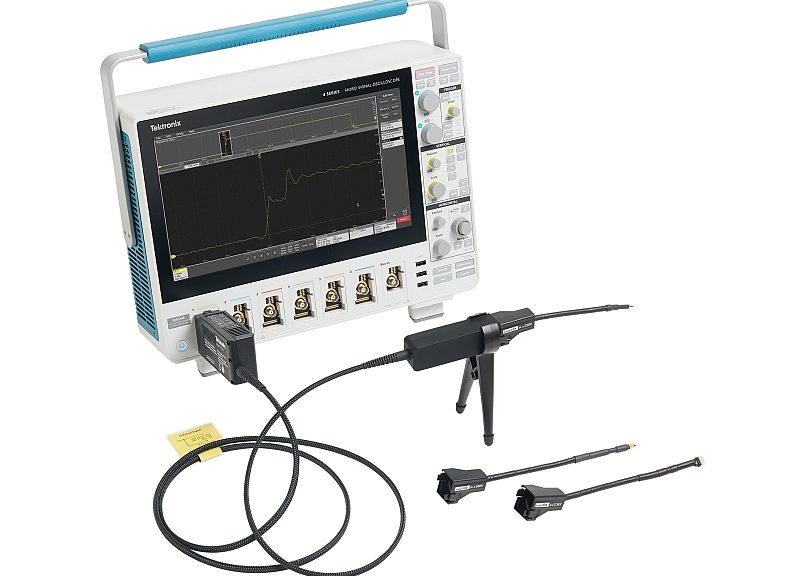- Tektronix announces the second generation of optically isolated probes in the IsoVu family, initially launched in 2016.
- The IsoVu Gen 2 probes gain compactness and electrical performance to better suit power system design testing with an oscilloscope.
- IsoVu Gen 2 probes have a bandwidth of 200 MHz to 1 GHz, 160 dB or 100 million per 1 common mode rejection, 60 kV common mode voltage, and a differential range of ±2500 V.
According to Tektronix, it is virtually impossible to make accurate measurements on ungrounded high-speed bus systems with traditional differential probes. Broadband power systems based on technologies such as SiC and GaN are difficult to characterize because of the high frequencies and switching speeds involved. Like the first generation, the new IsoVu Gen 2 probes use patented electro-optical technology to capture signals and power the probes without requiring an electrical connection to the oscilloscope, thus ensuring galvanic isolation between the measurement system and the DUT. Optical cables also protect the probes from electromagnetic interference.
With a size barely one-fifth the size of the first generation, the TIVP series probes facilitate measurements at hard-to-reach points. In addition, the more compact control box is now integrated into the probe’s compensation box.
With a wider dynamic range at the probe tip, fewer tips are required to cover the same voltage range as with IsoVu Gen 1 probes, which reduces testing time, eliminates potential errors when changing tips and reduces costs by reducing the number of tips required.
IsoVu Gen 2 probes, with their shielded coaxial cable and insulation, allow differential measurements up to ±2500 V on reference voltages slewing from ±60 kV to 100 V/ns.
- Bandwidths according to the models of 200 MHz, 500 MHz and 1 GHz.
- Common mode rejection ratio (CMRR) from 100 million to 1 (160 dB) from DC to 1 MHz
- CMRR from 10,000 to 1 (80 dB) at 1 GHz
- Common mode voltage range: ±60 kV
- Differential voltage range up to ±2500 V
- Offset up to ±2500 V






